The Hidden Costs of Membership Churn: How to Stop the Bleeding
Picture this: you're running a bustling membership site, pouring your heart and soul into delivering value to your members. But there's one crucial metric that might be slipping under your radar - churn.
Churn is the silent culprit that can undermine the success of your membership site.
While many people focus on acquiring new members, few realize the hidden costs associated with losing existing ones. The truth is, the consequences of membership churn can be far-reaching, impacting not only revenue but also brand reputation and future growth. From the loss of recurring revenue streams to the cost of acquiring replacements, it's time to address the bleeding and implement strategies to minimize churn.
In this article, we will delve into the hidden costs of membership churn, uncovering the impact it can have on your small business, and providing actionable steps to prevent or stop it. Whether you're a subscription-based service, an online community, or a membership-based business, understanding the hidden costs of membership churn is crucial to building a sustainable and thriving business in today's competitive market.
Understanding Churn: The Pulse of Membership Performance
Membership churn, often referred to as member attrition, is the measurement of members leaving your site within a given period. It is the key performance indicator (KPI) that directly reflects the health and sustainability of your membership community.
Surprisingly, many membership site owners overlook this crucial metric because it's not automatically tracked by most plugins and programs. Ignoring churn is like driving with your eyes closed - you're bound to hit obstacles along the way.
The Impact of Membership Churn
Membership churn can have a significant impact on businesses, affecting both their financial health and reputation. The loss of recurring revenue from churned members can lead to a decrease in overall revenue and hinder the organization's ability to invest in growth and innovation.
Moreover, membership churn can tarnish a company's brand reputation. Dissatisfied members may share their negative experiences with others, leading to a decline in new member acquisition and damaging the provider’s credibility in the market. In today's interconnected world, where online reviews and social media play a crucial role in shaping consumer perception, preventing membership churn is more important than ever.
Calculating Membership Churn: The Numbers That Matter
To calculate churn, simply subtract the number of members you have at the end of a period from the number you had at the beginning.
For instance, if you started the month with 100 members and ended with 90, your churn rate is 10%.
A membership churn rate below 5% is the illustrious goal for online memberships, while rates between 5% and 10% are common but offer room for improvement.
However, if your churn rate surpasses 10%, it's a glaring red flag indicating the need for urgent attention and remedial actions.
The Inevitability of Churn: Involuntary and Voluntary Departures
Before diving into churn reduction strategies, it's crucial to recognize that churn is inevitable.
Understanding its two primary forms - involuntary and voluntary churn - will help you approach each scenario with the right mindset.
Involuntary churn occurs when a member's payment fails due to reasons beyond their control, such as expired credit cards or insufficient funds.
On the other hand, voluntary churn happens when members consciously decide to cancel their subscription for various reasons.
While there are many reasons someone might cancel their membership, some of the most common include:
Financial Constraints: Members may cancel their subscription due to changes in their financial situation, such as budget constraints or unexpected expenses that make it difficult for them to continue investing in the membership.
Lack of Engagement: If members feel that they are not actively participating or engaging with the content, community, or resources provided by the coaching membership site, they may lose interest and decide to cancel their subscription.
Perceived Lack of Value: If members feel that they are not getting enough benefits or that the service doesn’t meet their expectations, they are more likely to cancel their subscription. This is to say that, as a membership site owner, you must continuously assess and enhance the value proposition of your offering to ensure your program meets the evolving needs and expectations of your members.
Unmet Expectations: When the coaching membership site fails to deliver on the promises made during the signup process, members may become disappointed and choose to cancel. This could include not receiving the desired results, feeling that the content is not valuable or relevant, or experiencing a disconnect between what was advertised and what was delivered.
Lack of Time: Busy schedules and overwhelming commitments can cause members to struggle with finding time to fully engage with the coaching membership site. If they feel unable to dedicate sufficient time to make the most of their membership, they may opt to cancel to alleviate the pressure or guilt associated with underutilization.
Changes in Goals or Priorities: As individuals evolve, their goals, priorities, and interests may change. Members may cancel their subscription to a membership site if they no longer align with the content or services provided or if they have shifted their focus to other areas of personal or professional development.
Poor Customer Service: If members encounter difficulties in accessing support or feel that their concerns are not adequately addressed, they may become frustrated and choose to discontinue their membership.
Why Churn Reduction Matters: A Recipe for Sustainable Growth
Reducing membership churn is a pivotal factor in building a thriving membership community. By retaining existing members, you unlock a multitude of benefits, including increased revenue, stronger engagement, and amplified word-of-mouth referrals. Additionally, the cost of retaining members is typically lower than acquiring new ones, making churn reduction an effective investment in your long-term success.
Effective Strategies to Tackle Churn
Analyze why churn is happening: Look carefully into data analysis to identify patterns and pinpoint the root causes of churn. This knowledge will empower you to implement targeted solutions.
Craft a solid member onboarding sequence: Lay a strong foundation by providing a seamless onboarding experience that educates, engages, and demonstrates the value of your membership from the start.
Create compelling and engaging content: Continuously deliver high-quality, relevant, and valuable content that keeps your members excited and connected. Variety and consistency are key to fostering ongoing engagement.
Provide alternatives to canceling: Anticipate and address member concerns by offering alternative options like downgraded plans or temporary suspensions, ensuring they feel supported and valued.
Engage with your members and seek feedback: Actively communicate with your members, listen to their needs, and make adjustments based on their feedback. This fosters a sense of belonging and demonstrates your commitment to their success.
Pre-frame your offering and pre-qualify leads: Set clear expectations about what your membership entails upfront, ensuring potential members align with your offerings and reducing the chances of mismatched expectations.
Target the right audience: Fine-tune your marketing efforts to attract individuals who genuinely resonate with your membership's value proposition. Understanding your target audience allows you to focus your resources on acquiring members with higher retention potential.
Avoid overhyping your membership: Be transparent, authentic, and realistic in your marketing messaging to avoid disappointing potential members. Building trust through honest communication sets the stage for long-term relationships.
Utilize data: Data analytics can provide valuable insights into member behavior and engagement levels. By tracking key metrics such as usage patterns, interaction with your program, and feedback, you can identify members who are at risk of churning. This allows you to intervene proactively and offer personalized solutions to address your clients’ concerns or needs.
Focus marketing on retention: Rather than solely focusing on acquiring new members, invest in marketing strategies that nurture existing relationships. This can include targeted campaigns to upsell or cross-sell to current members, exclusive discounts or perks for loyal clients, and referral programs that incentivize members to bring in new clients.
Time to Take Action
Now armed with insights into the world of membership churn, it's time to take action. Embrace membership churn as a crucial metric to track, analyze, and continuously improve. Implement the strategies outlined in this article to reduce churn, retain members, and foster a thriving membership community.
If you're ready to supercharge your membership site and build systems that minimize membership churn, schedule a call with Membership Fix today. Together, we'll help you create a membership experience that keeps members coming back for more.








 LinkPedia Web Directory
LinkPedia Web Directory